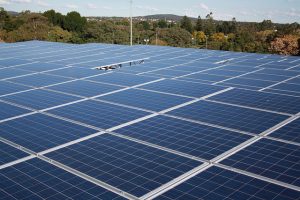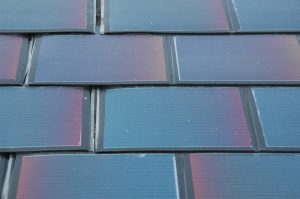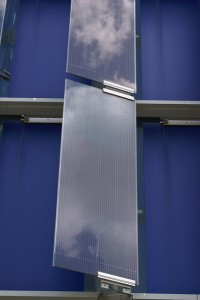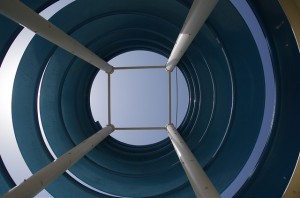Solar energy farms halted amid flying glass concerns
Construction on a massive solar energy farm in Moyock, North Carolina has prompted Currituck County officials to temporarily halt new solar farm permits amid concerns about flying glass and other potential hazards that could arise from hurricanes, tropical storms and other inclement weather events. When complete, the 2,000 acre Moyock solar farm will be the largest array in the Eastern United States, and will extend more than 2 miles.
Residents in the area around the array are concerned about the potential for injury from flying debris, and the potential for exposure to toxic materials from the array. The farm, which is being built by Ecoplexus, says the residents’ concerns are misplaced. The Moyock array is the second Ecoplexus solar site in Currituck County. The company was denied permits for the construction of a third site last year in Grandy, but says that its solar panels do not contain toxic materials in any significant amount.
The Moyock solar farm will generate enough power to supply 10,000 homes, and will generate an additional $300,000 in tax revenues for the area. The plan to build solar farms in the area is not without significant opposition. The arrays under construction occupy former farmland, which some believe should be left intact. The Grandy project called for the conversion of a former golf course to solar energy production. That project was turned down after nearby residents, who opposed the new array, discovered an ordinance that prevented the proposed site from being used for energy production.
North Carolina is the second-largest producer of solar energy in the United States. A number of solar arrays have been built in eastern North Carolina in recent years, thanks in part to the availability of inexpensive land that offers significant sun exposure. Additionally, a state law requires 12.5% of the state’s power to come from renewable energy sources. The county says it will resolve its concerns about solar arrays within the next two months, but will not issue permits for new solar arrays in the meantime.
Glassprimer™ glass paint is a specialized glass coating that bonds permanently to glass surfaces. GlassPrimer also makes a glass surface molecular activator that is designed to work with UV-inkjet glass printing processes. For more information about Glassprimer™ glass paint, please visit the rest of our site. If you’d like to purchase Glassprimer™ glass paint, please visit our online store .
Photo Credit: Greens MP , via Flickr.com




